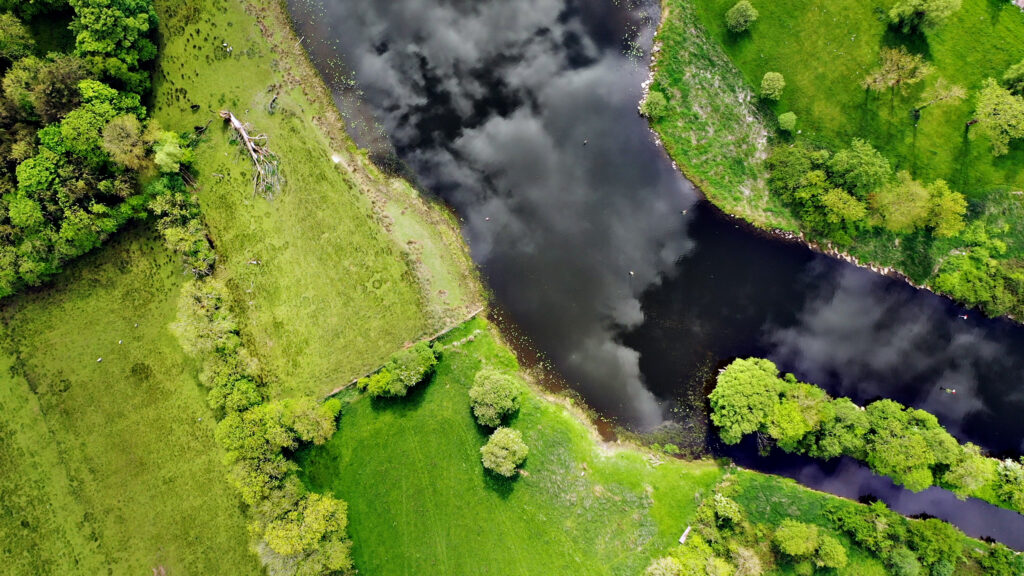Opinion: Rivers are the ‘lifelines’ of our landscapes
 © MediaProduction/iStockphoto
© MediaProduction/iStockphoto As extreme weather becomes the norm (thanks, climate change) we’re destined to have many more of the “wettest ever autumns” and “driest ever springs”.
Three months ago, we were lamenting the ever-squelching mud, now we’re putting up fire risk signs and discussing potential hosepipe bans.
The quantity and quality of water within our landscapes is rightly being talked about more.
See also: Molly Biddell – why we need to redefine the word ‘productive’
Thanks to some exciting projects I’m involved with, and the epic experts I’ve been lucky enough to learn from, I’ve been on my own hydrology crash course over the past two years, and it’s led to my new-found love for rivers.
I’ve always been interested in rivers – I studied geography, so know my way around a diagram of an oxbow lake – but I’m finally waking up to just how degraded, modified, polluted and un-functioning our water systems in the UK are.
Luckily, I’m also starting to understand the many ways we can fix our river systems, and the plethora of benefits this creates.
I’ve learned rivers are not supposed to be straight, canalised channels, water is not supposed to whoosh down at speed from source to mouth.
I’ve been introduced to the need to slow the flow, rewiggle, reconnect to floodplains, re-establish riparian buffers, and renaturalise.
I’m learning to reimagine our river systems to see they should be braided, complex, dynamic and diverse.
In turn, they can then hold more water, reducing the effects of extreme droughts and flash floods, and stripping out pollutants.
I now understand that in many places, wetter is better, and this has radically changed how I look at and think about landscapes.
I’m currently obsessed with looking at the 1888 OS map to trace the old wiggles of rivers that have been straightened, scouring it for ghost ponds and wetlands that have long been drained.
We are missing our landscape’s natural sponges and urgently need to re-wet peatlands and recreate wetlands to reduce the impacts of climate change.
This has reaffirmed my love for the OG of ecosystem engineering, the humble beaver.
The speed with which beavers can create wetlands is mind-boggling; woody leaky dams are their speciality, and more of these in upper catchments is a no-brainer.
A few weeks ago, I was at the annual river restoration conference in Brighton, surrounded by natural flood management gurus and radical river restorers.
It’s the first time I’ve seen innovative land management properly celebrated, with prizes for 2025’s best river restoration projects and awards for those who have dedicated their lives to improving our waterways.
Combine this infectious energy with the news that earlier in the year the River Ouse in Sussex became the first river in England to be officially recognised as having rights (such as the right to flow freely, be pollution-free, and enjoy native biodiversity) and you can see why I’m having my river moment.
Deciding what to do where across our landscapes is really tricky (hence the current national land use consultation), but fixing our rivers is the obvious place to start.
Allowing river systems to function naturally, hold more water and reduce nutrient loads is a win-win for all – farmers, local residents, ecologists, developers, roads, railways, water companies, and paddleboarders.
Rivers are the lifelines of our landscapes, and we all need them to be on their best form.

